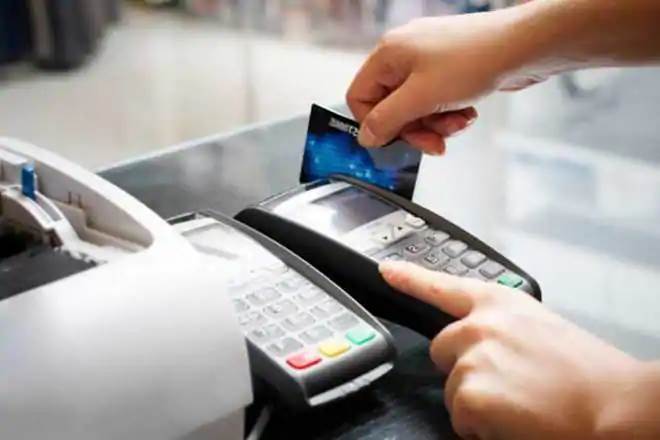Amidst issues going on between India and China for while from 5th of May 2020, in the Sino-Indian border. The Indian government banned 59 Chinese apps to safeguard the privacy of 130 crore Indians. The issue is based on the borderline where India maintains the McMahon as the legal border. But China never accepted this, saying Tibet is not independent. The conflict raised in 1987 and in 2013 over the actual line but was successfully soften or made to an agreement.
During this lockdown period, most of the processes or programs are done online. Even the purchase of the essentials can be done online where to reduce contact most of the businesses or people uses PoS for their transactions and all. Even before this covid19 many people go cashless and do their purchases using their cards ( debit or credit). As a part of being digital most of the businesses do cashless transactions for example – Big Bazar came out with ad ‘cashless sale’ where we need not carry liquid cash and just use the digital form of transaction. Many offers are provided along while using this POS as the means of transaction, all these promotions or offers are provided as part of advancing technology.
The payment terminals or point of sale (PoS) used in India are mainly manufactured in China. As the world is going digital almost everyone is using digital payments in India. The PoS are widely used in malls and retail stores.
The government decided to reduce the use of Chinese products, but the payment option does not have any other alternatives means considering the challenges the use is still permitted. Until a new payment system comes up.
As the means to reduce the use of Reserve Bank of India has allotted 250 crores for rural, semi-urban, and with main focus in the northeast areas. More 95% of PoS are imported from China. The market is dominated by three global manufacturers which all have manufacturing units in China and few in Taiwan, South Korea. Even though Taiwan and Vietnam also export these devices the costs are 20% to 30% higher due to their own lower economies of scale. Hoping more alternatives could make its own way in.

